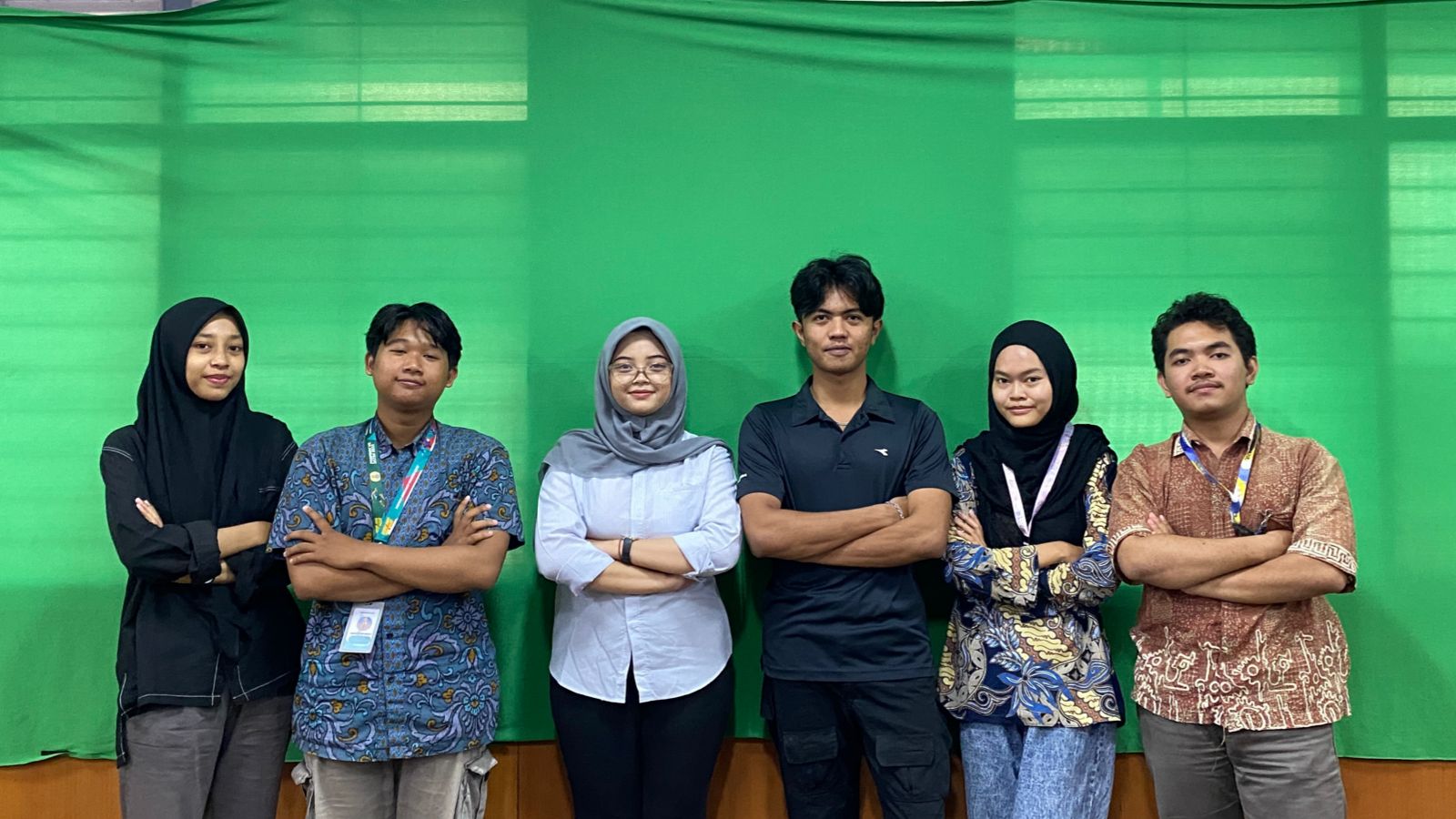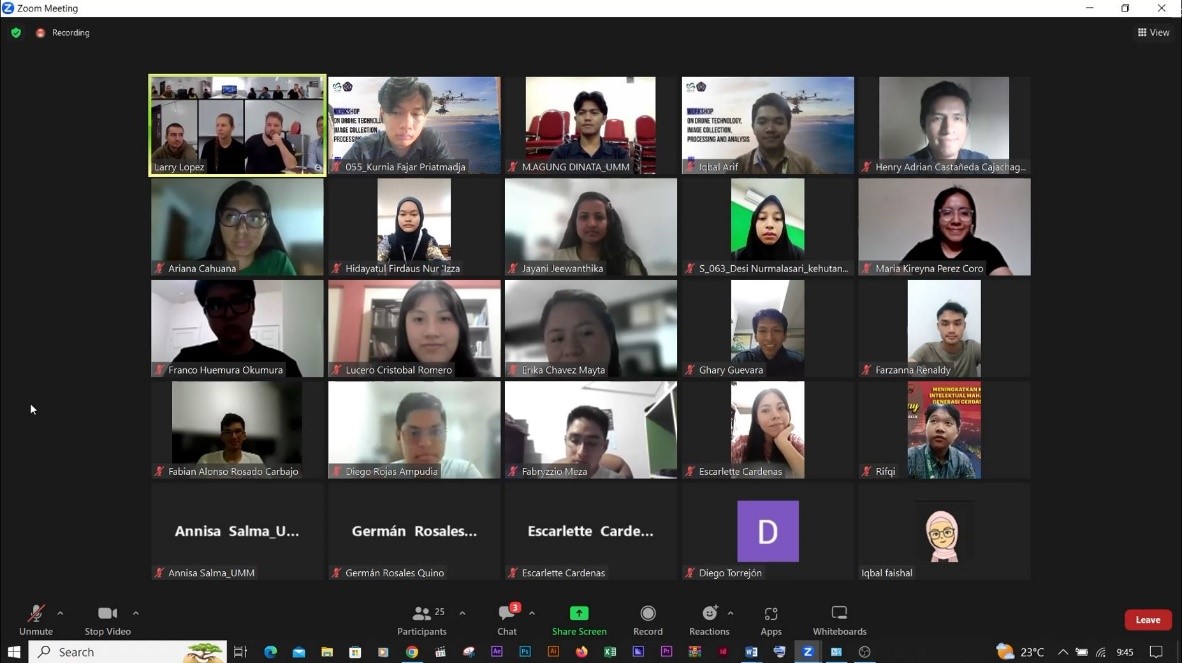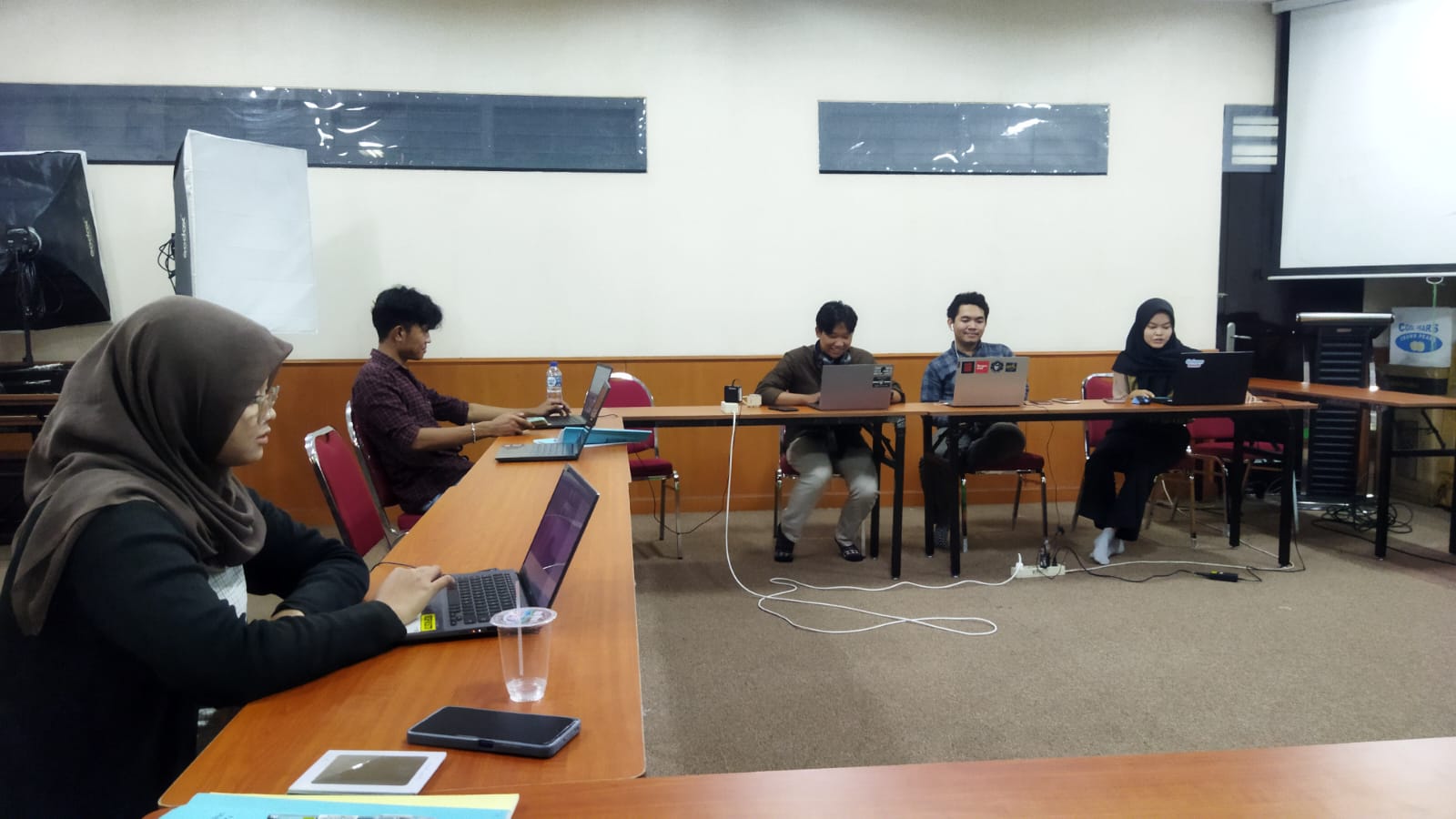How To Fly Your Drone and What's The Next Step: In Collaboration with Yamagata University, Japan
Sabtu, 18 Mei 2024 11:22 WIB
 On April 22nd to 26th, 2024, the Forestry Department of the University of Muhammadiyah Malang had the opportunity to take part in the Workshop on Drone Technology, Image Collection, Processing and Analysis via an integrated zoom meeting. In collaboration with Yamagata University in Japan, this activity was also attended by students from Universidad de Ingenieria y Tecnologia and Universidad Nacional Agraria la Molina, Peru. This activity was organized by Professor Larry Lopez, a lecturer at the Faculty of Agriculture at Yamagata University in Japan, together with several partners who are competent in the field of Drones and Digitalization.
On April 22nd to 26th, 2024, the Forestry Department of the University of Muhammadiyah Malang had the opportunity to take part in the Workshop on Drone Technology, Image Collection, Processing and Analysis via an integrated zoom meeting. In collaboration with Yamagata University in Japan, this activity was also attended by students from Universidad de Ingenieria y Tecnologia and Universidad Nacional Agraria la Molina, Peru. This activity was organized by Professor Larry Lopez, a lecturer at the Faculty of Agriculture at Yamagata University in Japan, together with several partners who are competent in the field of Drones and Digitalization.

Currently, Unmanned Aerial Vehicles (UAV) or drones have become very popular tool that massive use in Forestry and related science for many types of functions and studies. Using drones will minimize time and cost that mostly spent in the field and it is easy to navigate. Drones are able to overcome problems that often arise when collecting data by researchers and the use of drones can accelerate the development of science. In assessing a large forest area, human labor is no longer sufficient and relevant. So drone influence can be a solution that is efficient in time and effective in execution.

We were introduced with basic knowledge about UAVs or drones, types of drones and the function of each drone that explained by Prof. Larry Lopez. Mr. Sergi Garcia (master student from Spain) explained the components of drones, UAVs and the types of cameras on drones and Mr. Tobias Leidemer (master student from Germany) presented the most basic things related to drones including definition, use, types, range and duration. The workshop was getting more interesting day-by-day as the explanation was getting advanced. We were thought on how to transfer the GPS signal for better picture during taking pictures with drones. The next days were more interesting as we were thought on how to use the pictures in data processing. At this stage, the explanation was focusing on RGB Images and Multispectral including NDVI to detect plant stress, water shortages, and disease. The color spectrum acts as a vegetation indicator which can identify healthy, sick and dead plants. Finally, at the last day,Mr. Vladislav Bukin (master student from Mongolia) explained about 3D printers, the history of their first creation, the technical workings of this tool, and the results provided.
The overall workshop was very interesting and fun as we all had chances to discuss and share our thought and case on using drones. This initiation activity was expected to be continued in the future for further activities and collaborations between Yamagata University and University of Muhammadiyah Malang.
